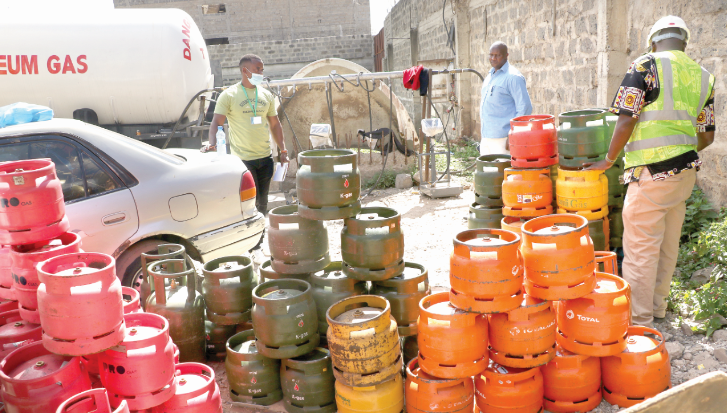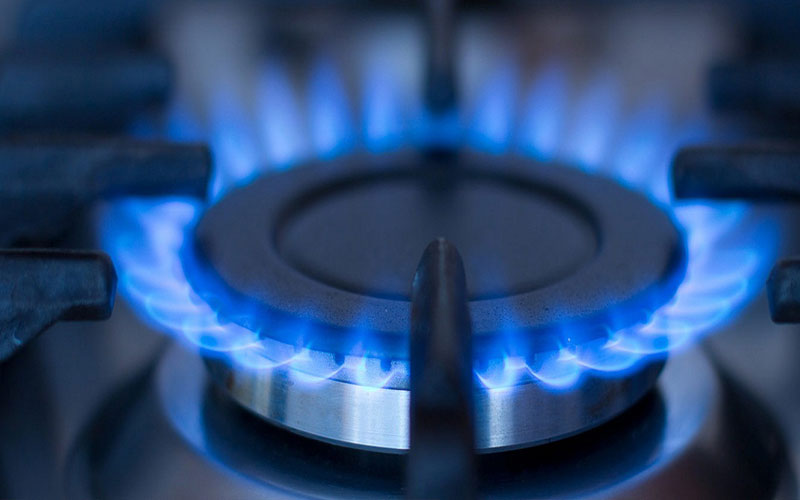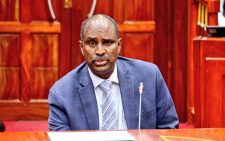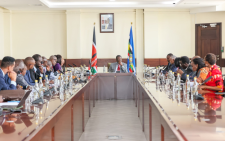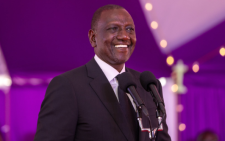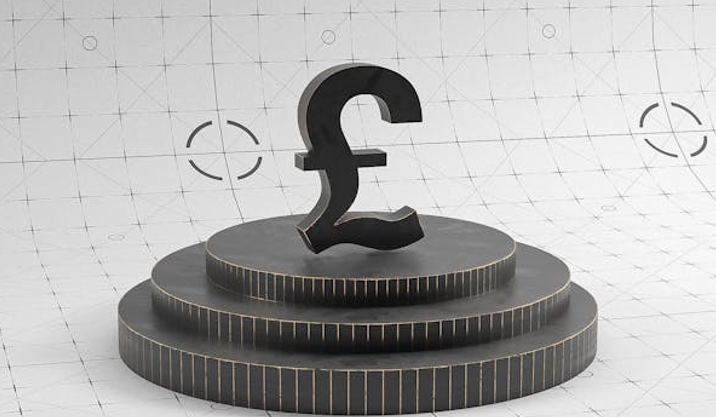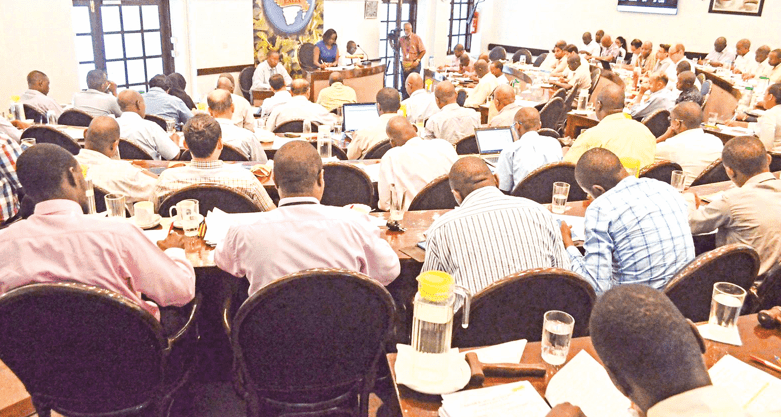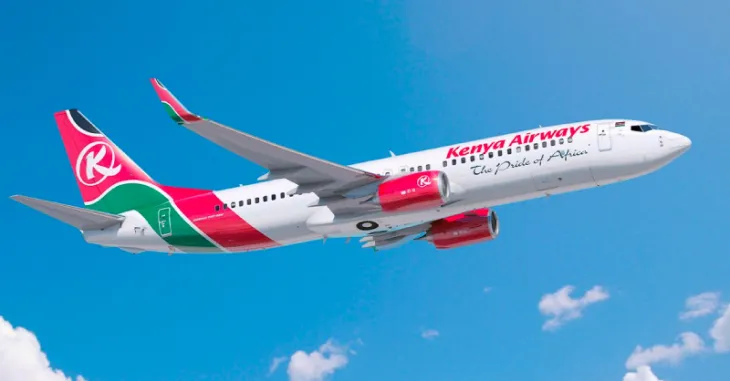Cooking gas use dips on hiked prices
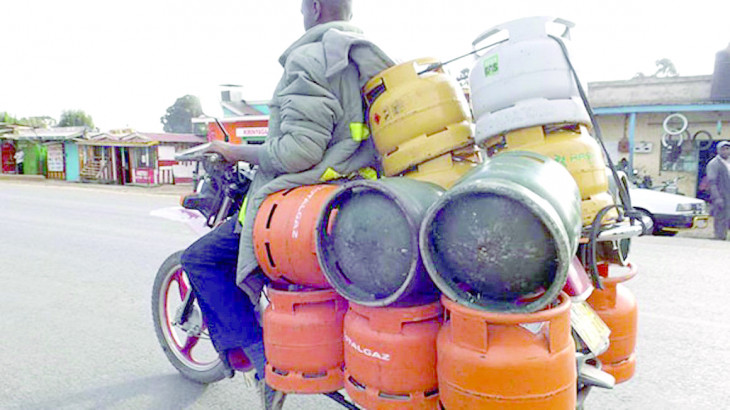
Consumption of liquid petroleum gas (LPG) in Kenya has declined by about 35 per cent across six months to June 2022 driven by increasing costs, according to Kenya National Bureau of Statistics (KNB) data.
The trend has pushed more Kenyan households to use dirty alternative fuel, especially charcoal and firewood, as they seek to cut spending at a time inflation has hit a five-year high of 8.5pc. Data from the statistics shows that the country consumed a total of 123,150 tonnes of LPG by the end of June this year, down from the 188,850 tonnes used in a similar period last year.
Global markets
The volatility of the global markets, coupled by an increase in domestic taxes has seen prices of cooking gas increase to historic levels. The prices of 13-kilogramme cooking gas, for instance, hit Sh3218 as of June 2022 compared to Sh2074 in June last year, representing a 55 per cent increase.
Linus Gitongo, ex-commissioner at Energy Regulatory Commission, now Energy and Petroleum Regulatory Authority (EPRA) said economy has not been doing well with increase in VAT worsening everything as it led to the prices of cooking gas to almost double.
“One of the areas affected by this is the consumption sector, especially the urban informal settlements. All these factors have to change for people to at least lessen use of dirty fuel,” he added. Parliament halved value added tax on cooking gas to eight per cent effective July 1, which was expected to be passed on to households and businesses through lower prices, but this has not been reciprocated by some cooking gas dealers.
Tax-related price increases could even worsen as the draft National Tax Policy proposes that all goods, including LPG, to be taxed at 16 per cent and the preferential rate should not be lower than 12 per cent.
This, plus considering that there is no subsidy for LPG, signals tough times ahead for poor households who were the lowest consumers of LPG even before the reintroduction of VAT as they struggle with job losses occasioned by the pandemic.
